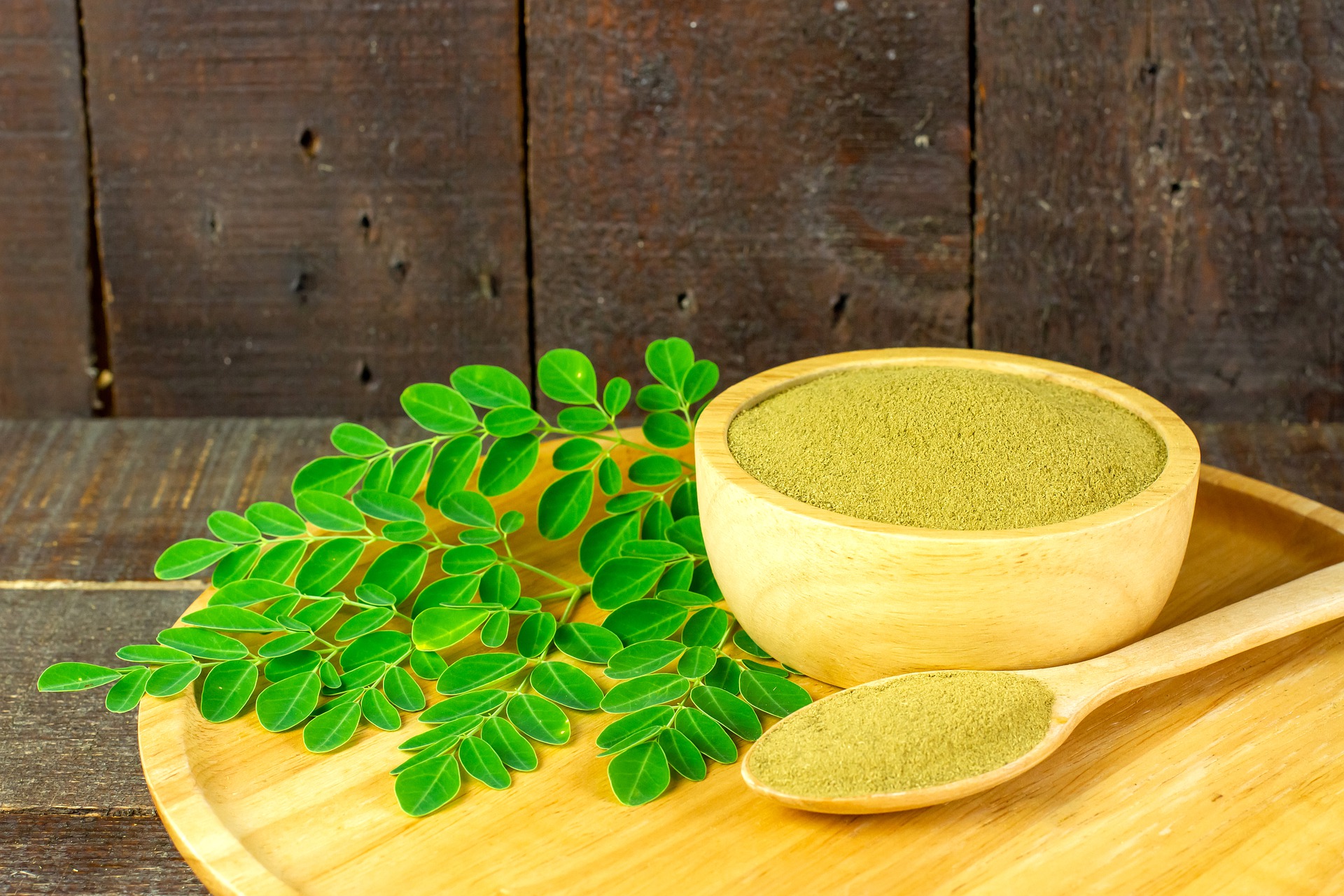Nutritive Importance of Moringa oleifera
Moringa oleifera
Moringa oleifera, also known as ‘horseradish tree’, native to India, grows in the tropical and subtropical regions of the world. Moringa can withstand both severe drought and mild frost conditions and hence widely cultivated across the world. With its high nutritive values, every part of the tree is suitable for either nutritional or commercial purposes. The leaves are rich in minerals, vitamins and other essential phytochemicals. Extracts from the leaves are used to treat malnutrition, augment breast milk in lactating mothers.
Nutritive Properties:
Moringa is rich in nutrition owing to the presence of a variety of essential phytochemicals present in its leaves pods and seeds. In fact, moringa is said to provide 7 times more vitamin C than oranges, 10 times more vitamin A than carrots, 17 times more calcium than milk, 9 times more protein than yoghurt, 15 times more potassium than bananas and 25 times more iron than spinach. Every part of M. oleifera is a storehouse of important nutrients and antinutrients. The leaves of M. oleifera are rich in minerals like calcium, potassium, zinc, magnesium, iron and copper. Vitamins like beta-carotene of vitamin A, vitamin B such as folic acid, pyridoxine and nicotinic acid, vitamin C, D and E also present in M. oleifera. Phytochemicals such as tannins, sterols, terpenoids, flavonoids, saponins etc. and reducing sugar present along with anti-cancerous agents like glucosinolates, isothiocyanates. Moringa leaves also have a low calorific value and can be used in the diet of the obese. Moringa has lot of minerals that are essential for growth and development among which, calcium is considered as one of the important minerals for human growth. Research show that moringa seed oil contains around 76% PUFA, making it ideal for use as a substitute for olive oil.
Medicinal Properties:
Anti-diabetic properties
Moringa has been shown to cure both Type 1 and Type 2 diabetes. Diabetes leads to several complications such as retinopathy, nephropathy and atherosclerosis etc. Moringa can be used to prevent such ailments.
Anticancer properties
M. oleifera can be used as an anticancer agent as it is natural, reliable and safe, at established concentrations. Studies have shown that moringa can be used as an anti-neoproliferative agent, thereby inhibiting the growth of cancer cells. Soluble and solvent extracts of leaves have been proven effective as anticancer agents. The compounds of the leaves that are held responsible for the anticancer activities are glucosinolates, niazimicin and benzyl isothiocyanate.
Other diseases
Moringa can be used as a potent neuroprotectant. Cerebral ischemia is caused due to obstruction of blood flow to the brain. This leads to reperfusion and lipid peroxidation, which in turn results in reactive oxygen species. Moringa with its antioxidants can reduce the reactive oxygen species, thereby protecting the brain. M. oleifera is used to treat dementia. Moringa is prescribed by herbal practitioners for patients with AIDS. Moringa is suggested to be included in the diet, with the view of boosting the immune system of HIV positive individuals. Microbial diseases are widespread and there is a need for antimicrobial agents, M. oleifera has been proven as a good antimicrobial agent. the extracts of M. oleifera can act against bacteria like Bacillus subtilis, Staphylococcus aureus and Vibrio cholera.
Written by: Fatima Urooj



